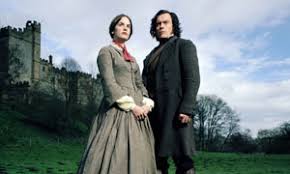Spring has not yet sprung and we are still enjoying dark nights where you can snuggle up with a good book. Jane Eyre by Charlotte Brontë is one of those books that you can read time and time again, and of course many people do just that. In today’s post we’re going to look at one of the enduring mysteries of the book: just where was the real Thornfield Hall?
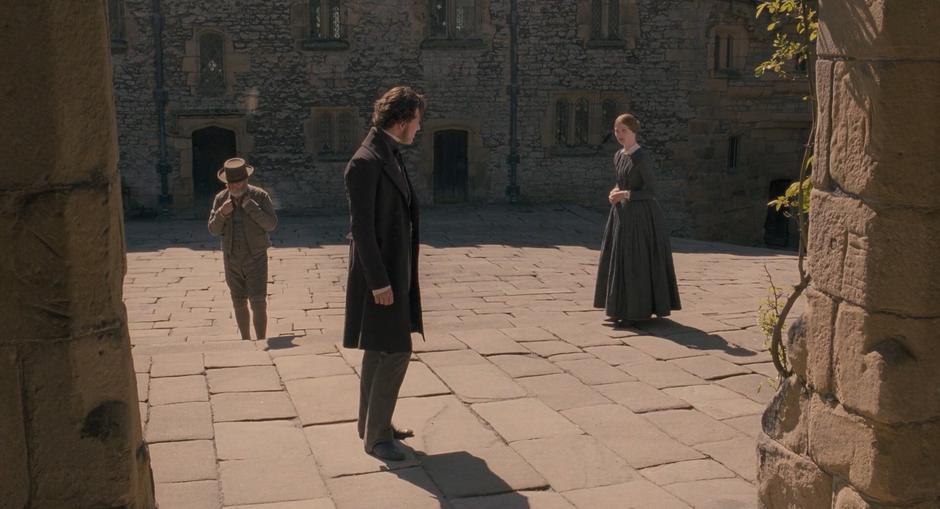
Like all of the Brontë novels (Wuthering Heights to a lesser extent, although it was inspired at least in part by a real life family feud) Jane Eyre has autobiographical elements. Dig deep under the surface of many great books and you can often find a trace of the author and their life, but in the Brontë books you don’t have to dig too far. The eponymous Jane has a passing resemblance to Charlotte Brontë herself, and Rochester has more than a passing resemblance to Charlotte’s unrequited love Constantin Heger – which is perhaps why Charlotte so stridently defended Rochester against all charges that he was a less than romantic hero. The shadowy, brooding family seat of Thornfield Hall is almost as imposing a character in its own right – but did Charlotte conjure it from her magnificent imagination or was it a building she knew?
Just like the Wuthering Heights which gave Emily’s novel its name there are many buildings which have claimed a connection to Thornfield, or had it claimed for them. One such building is The Rydings, or simply Rydings, which was the Birstall residence of the Nussey family – amongst whom was Charlotte Brontë’s loyal best friend Ellen Nussey.
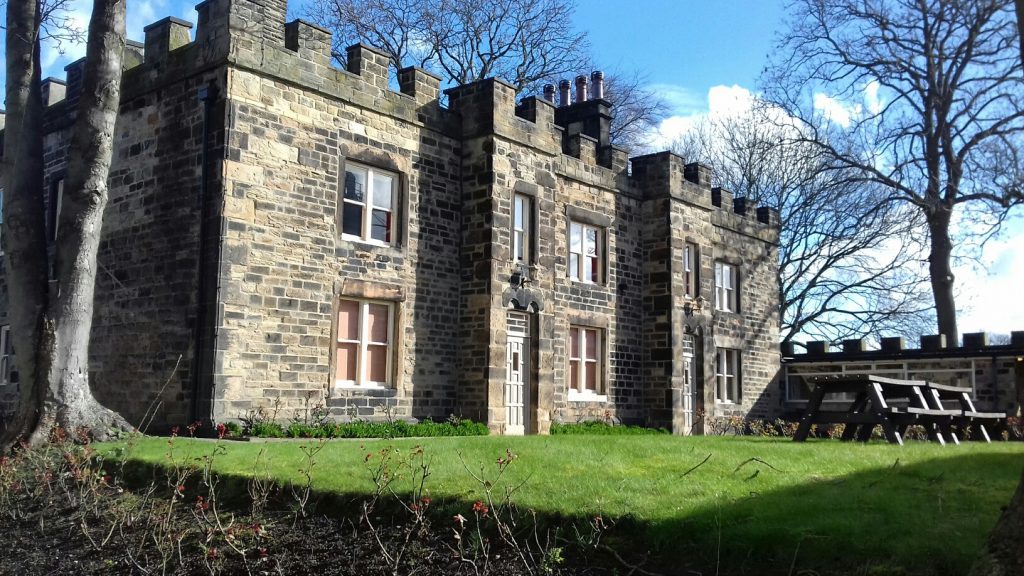
The Nusseys were a wealthier and better connected family than the Brontës, as shown by the fact that two of Ellen’s older brothers became royal apothecaries to the monarch. Charlotte must have loved her visits to Rydings not only because of the love and friendship waiting for her there but also because of its grandeur compared to draughty, crowded Haworth Parsonage. We know that it was at Rydings that Charlotte Brontë corrected the proofs of Jane Eyre, and yet she somehow managed that without Ellen discovering what she was doing or that she had written a book.
Rydings plays an important role in the Jane Eyre story, but could it also have been the inspiration for Thornfield Hall? Rydings today has a rather less grand purpose given its historic and literary significance, as it is now used as a reception building for a surrounding paint factory but we can still see its castellated design – a feature shared by Thnornfield. On the whole, however, I feel Rydings is an unlikely Thornfield Hall. It’s certainly not small, but it’s not as large as Thornfield is in its depiction, and it was a place associated with friendship and happiness in Charlotte’s mind, not with the drama and despair we see associated with Rochester’s home.
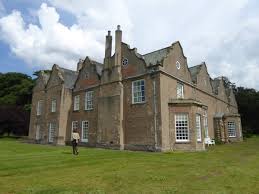
Another popular option is Norton Conyers House. The house is often simply referred to as Norton Conyers, the name of the nearby village, and it dates back to medieval times. Located near Ripon in North Yorkshire it is a fine looking house, but without any battlements that Bertha could have toppled from. It is through Bertha, however, that Norton Conyers gains its Eyre-ish connection.
It is said that a former owner of Norton Conyers kept his mad wife locked up in an attic accessible via a stone stairway. The room is still bare and forbidding and has the unfortunate title ‘Mad Woman’s Room’. This was enough proof for The Guardian to declare, in 2004, that the mystery of Thornfield Hall had been solved forever, but they had arrived at the wrong solution. Charlotte Brontë did make a brief visit there in 1839, and would have heard the story which may well have stayed in her mind and influenced the tragic tale of Bertha and Edward. There were many such sad stories at the time however, and indeed Charlotte knew of a woman who had been kept a prisoner in Haworth itself. Norton Conyers is a grand house, but it bears little physical resemblance to Thornfield. On another note, the name of the family who have owned Norton Conyers since the 17th century is the Graham family. When Anne Brontë came to write of a woman who was trapped by an abusive husband, she gave the tenant of Wildfell Hall the name of Helen Graham.
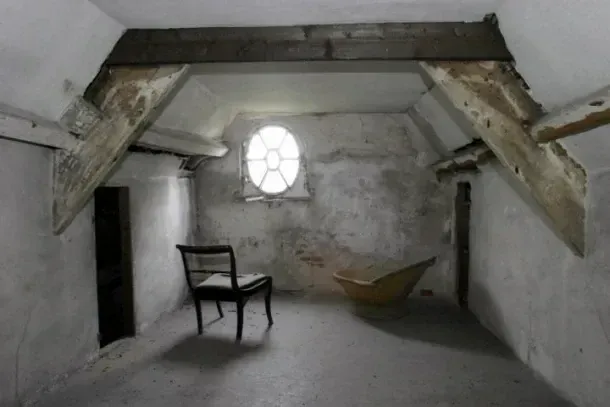
One of my followers on Twitter, Jo Welch, recently tweeted me with another possible Thornfield candidate: Netherby Hall in Cumbria. This hall was also owned by the Graham family, and its large and impressive exterior looks much more like Thornfield.
Jo’s four times great-grandfather Lister Ellis was steward of Netherby Hall and his son, another Lister Ellis, is said to have known Charlotte and Emily Brontë. It is said, so Jo informs me, that Charlotte attended dinner at the hall, where she heard a tale of a staircase hiding a mad wife! It may be, however, that Netherby is simply too grand to be Thornfield.
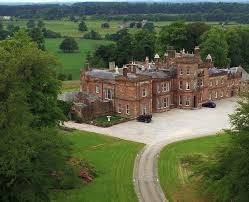
Three fine buildings and three fine candidates, but for me there is no mystery at all. It is clear where Thornfield Hall is, because Charlotte Brontë told us all along. In the summer of 1845 Charlotte Brontë spent an extended period of time at Hathersage Parsonage with Ellen. They were preparing the parsonage for the return of Ellen’s brother Henry Nussey – the newly appointed vicar of Hathersage was also newly married and away on his honeymoon. Whilst in Hathersage, Charlotte became well acquainted with the leading family of the district – the Eyre family.
This is shown in a letter Ellen sent from Hathersage to her friend Mary Gorham on 22nd July 1845 in which she gives a detailed account of her time in the Peak District with Charlotte Brontë. In this letter Ellen writes: “At North Lees we have paid two or three visits… We had Mrs. Eyre’s pony and we went a little way up cave dale.”
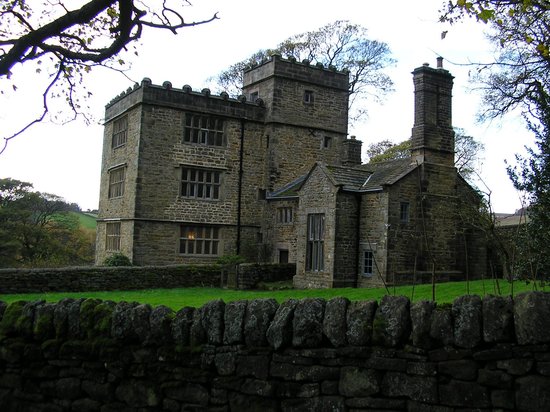
North Lees Hall, on the perimeter of Hathersage, was the family home of the Eyre family. It’s pictured above, and as you can see it has the castellated roof of Thornfield, not to mention the same bleakly beautiful setting. But the biggest clue of all, the conclusive proof in my opinion, is its name. Charlotte Brontë was hiding the truth in plain sight all along.
North is an anagram of Thorn and the following meaning of Lees is taken from the Ancestry website:

Therefore lees equals fields or field, and so North Lees becomes Thornfield. There can be no doubt; like all great writers, Charlotte Brontë may also have taken snippets of inspiration from multiple sources, but Morton in Jane Eyre is Hathersage and Thornfield is North Lees Hall. I hope you can join me next week for another new Brontë blog post.
